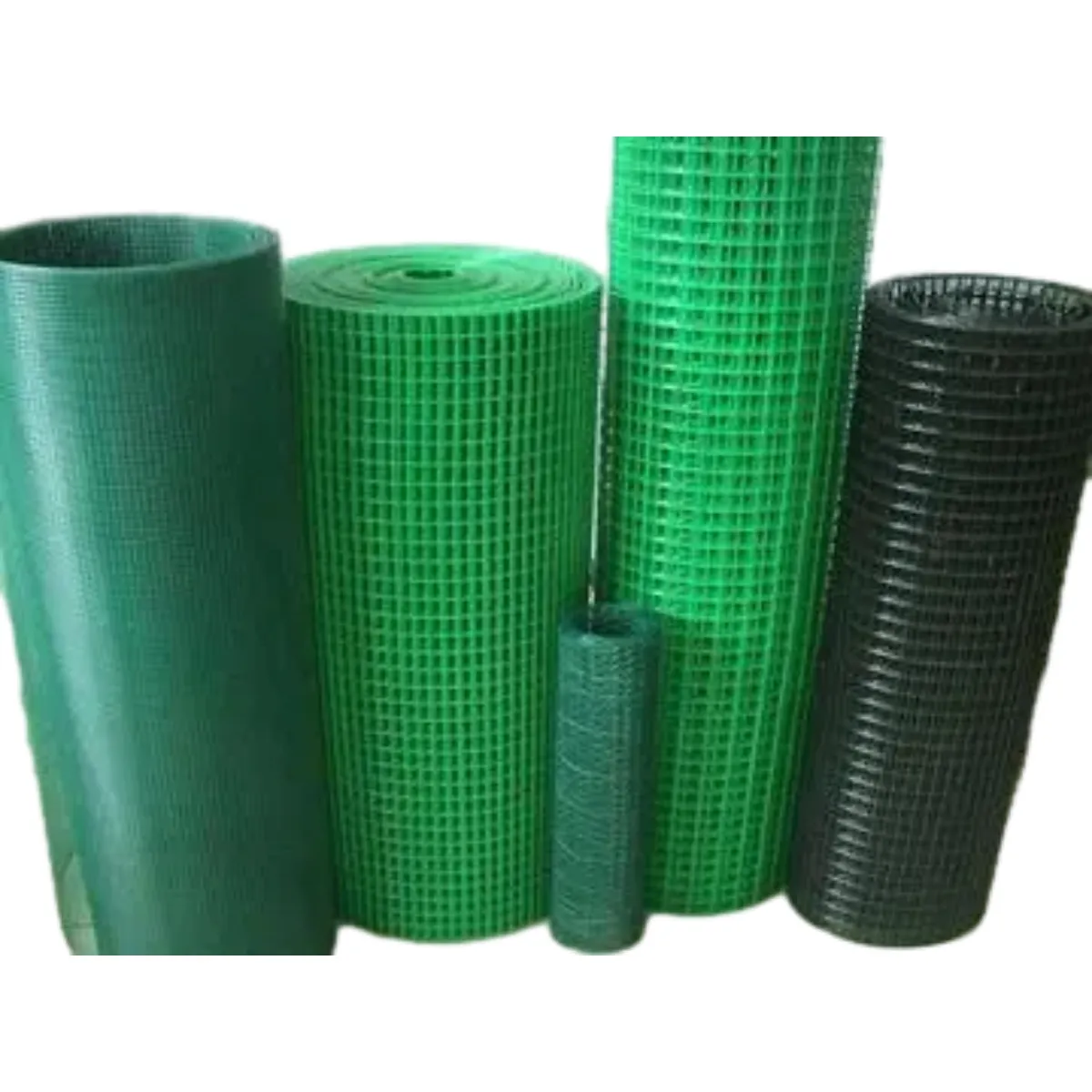Aug . 19, 2024 12:12 Back to list
Boundary Marking for Agricultural Land Management and Protection
Fencing of Fields A Multifaceted Approach to Agricultural Productivity
Fencing of fields has been a longstanding practice in agriculture, serving various purposes that enhance productivity and protect resources. Whether for livestock management, crop protection, or soil conservation, the benefits of well-constructed fences extend beyond mere boundaries. In this article, we will explore the significance of field fencing in modern agriculture, its historical context, and its implications for sustainable farming.
Historically, the concept of fencing dates back thousands of years when early farmers needed to delineate their territories and protect their crops from wild animals. Over time, the methods and materials used for fencing have evolved, reflecting advancements in technology and changes in agricultural practices. Today, farmers can choose from a variety of fencing options, including electric, barbed wire, and wooden fences, each offering unique advantages depending on the specific needs of the farm.
One of the primary benefits of fencing is the management of livestock. Properly designed fences keep animals contained within designated areas, ensuring that they have access to necessary grazing land while preventing them from straying into crops. This not only enhances the health and productivity of livestock but also reduces the risk of crop damage, leading to better overall yields. Additionally, well-fenced pastures can contribute to rotational grazing practices, which promote soil health and pasture recovery.
Furthermore, fencing plays a crucial role in protecting crops from pests and wildlife. In many agricultural regions, wild animals can pose a significant threat to both crop yields and the quality of produce. Fences act as a barrier, deterring animals such as deer, rabbits, and livestock from encroaching on fields. This protective measure not only safeguards the farmer’s investments but also helps maintain the ecological balance by minimizing human-wildlife conflicts.
fencing of field

In addition to livestock and crop protection, fencing can also serve environmental purposes. Erosion control is a critical issue in many agricultural landscapes, and fencing can help mitigate its effects. By creating designated areas for grazing, farmers can prevent overgrazing in certain parts of their fields, allowing vegetation to recover and stabilize the soil. This is particularly important in hilly or sloped areas, where soil erosion can lead to significant loss of topsoil and degrade the land’s productivity over time.
Moreover, the fencing of fields contributes to the aesthetic and organizational aspects of farms. Well-maintained fences can enhance the visual appeal of a property, potentially increasing its value. They also help define spaces, making it easier for farmers to manage their operations efficiently. By segmenting different areas for various crops or livestock, farmers can implement specialized management techniques tailored to each section’s unique requirements.
However, it is essential to consider the implications of fencing on local ecosystems. Improperly designed or poorly maintained fences can create barriers that disrupt wildlife movement and migration patterns. Therefore, sustainable fencing practices must acknowledge the need for coexistence between agriculture and wildlife. Incorporating features such as wildlife passages can help mitigate these impacts, allowing for more ecologically sound farming operations.
In conclusion, the fencing of fields is a multifaceted practice that holds significant importance in agriculture. With benefits ranging from livestock management and crop protection to environmental conservation, fences are an invaluable tool for modern farmers. As agriculture continues to evolve, it is crucial to adopt sustainable fencing practices that not only enhance productivity but also protect and preserve the ecosystems that farmers rely on. By doing so, we can ensure a balanced approach to farming that benefits both agricultural stakeholders and the environment.
-
Weather Resistance Properties of Quality Roofing Nails
NewsAug.01,2025
-
How Galvanised Iron Mesh Resists Corrosion in Harsh Environments
NewsAug.01,2025
-
Creative Landscaping Uses for PVC Coated Wire Mesh Panels
NewsAug.01,2025
-
Common Wire Nail Dimensions and Their Specific Applications
NewsAug.01,2025
-
Choosing the Right Welded Wire Sheets for Agricultural Fencing
NewsAug.01,2025
-
Anti - Climbing Features of Razor Wire Barriers
NewsAug.01,2025









